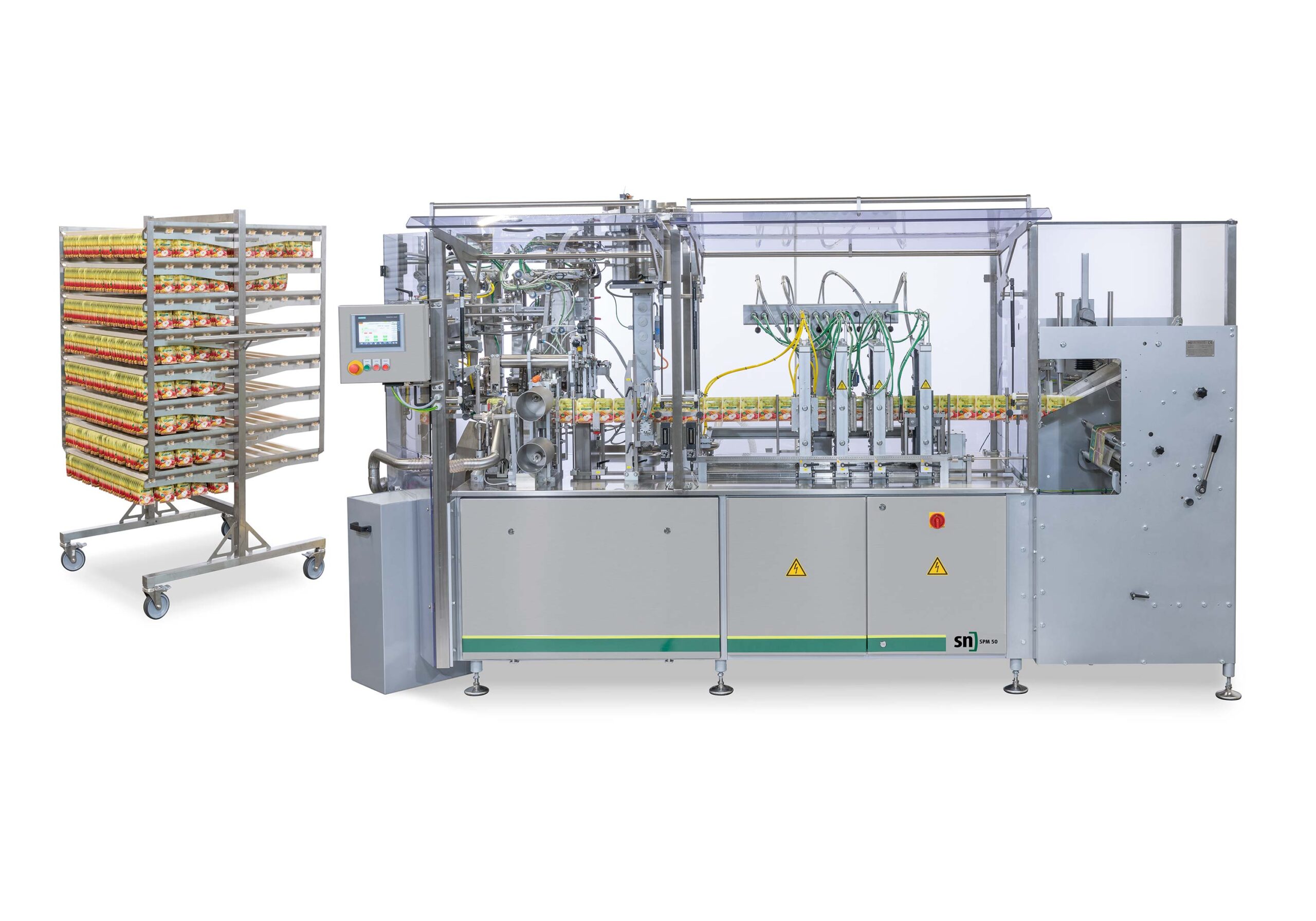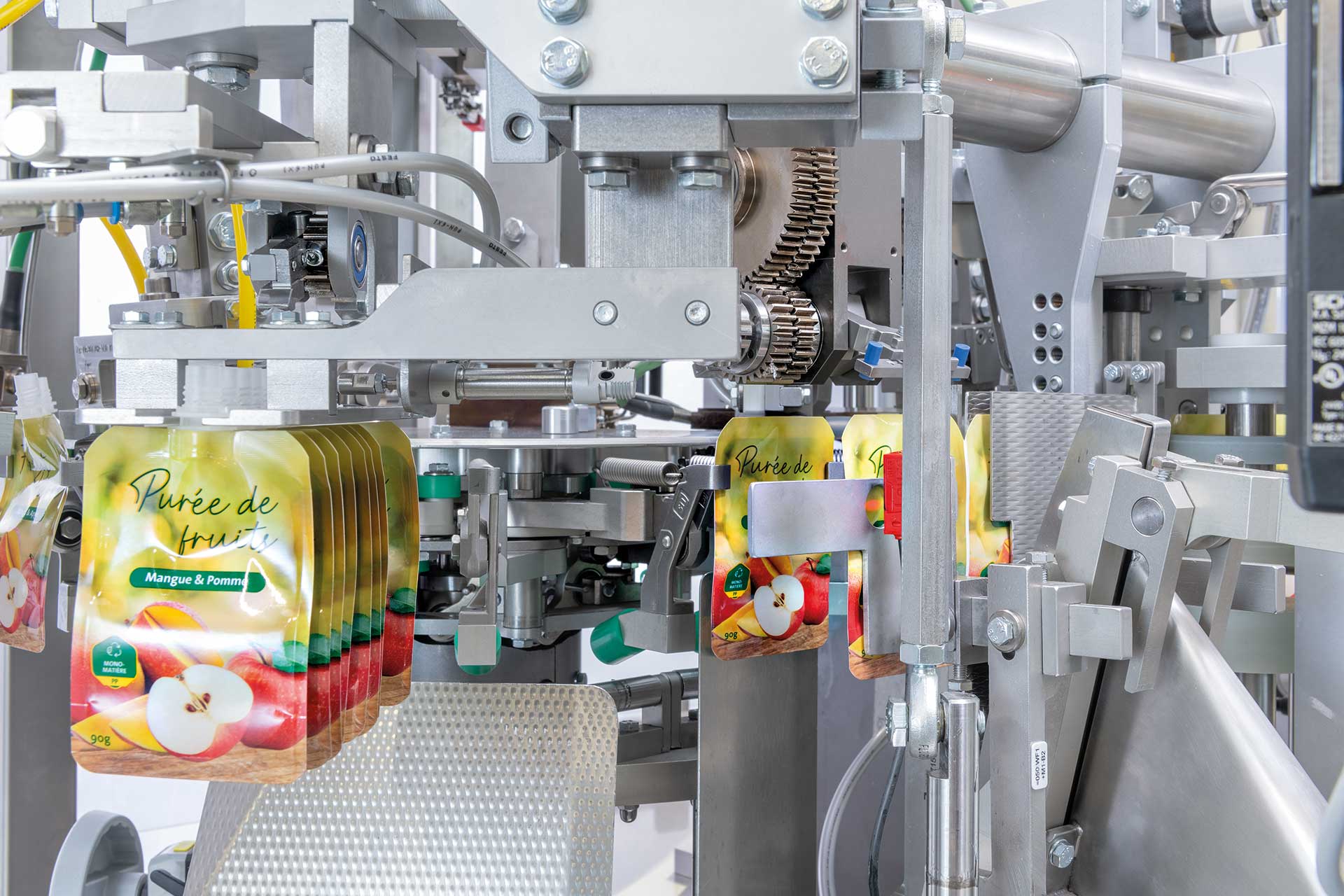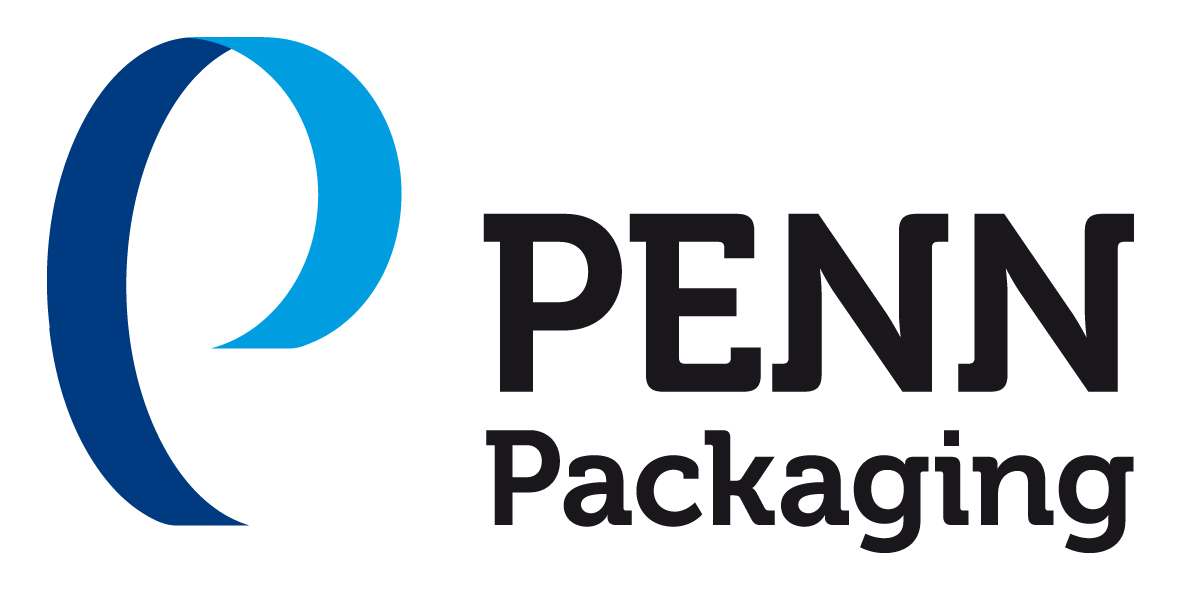In a new packaging development partnership, SN Maschinenbau and Südpack have developed an overall concept for the in-house production of stand-up pouches with spouts, which is designed for the packaging of paste and liquid products. The concept is aimed at food manufacturers and bottlers who previously use pre-made spout bags and will be presented at Anuga FoodTec 2024.
With their innovative solution for the in-house production of stand-up pouches with spouts, the two cooperation partners are breaking new ground and offering manufacturers and bottlers of thick and thin liquid products such as fruit purees, smoothies, yogurt, or other liquids a sustainable and economical alternative to the use of prefabricated pouches.
The overall concept relies on high-performance packaging technology and high-performance and recyclable packaging components made of polypropylene, which are perfectly coordinated and offer users not only easy handling but also maximum process and packaging safety. The concept is also groundbreaking in terms of quality, cost-effectiveness, and flexibility thanks to the use of recyclable mono-materials which also impresses with its added sustainability.

Recyclability and sustainability, always in focus
The PP-based Pure-Line films used in this packaging concept are classified as recyclable due to their mono structure. By combining it with PP spouts available on the market, a fully recyclable spouted pouch is created. Due to its heat resistance, the bag can also be used for hot filling and pasteurization. In addition, the films can be equipped with different barrier functions depending on the products to be packaged. The development of the film material was based on Südpack’s many years of expertise, particularly around producing innovative sealing layers.
On the horizontal pouch making machine SPM 50 from SN Maschinenbau, the spout pouches are produced horizontally from the film roll and the spout is sealed. They are then automatically inserted into standard rail systems and stored on a transport trolley. Each rail can then be easily and ergonomically inserted into the existing pouch filling machines and the empty spout pouches can be filled. Compared to pre-made pouches, this makes handling much easier and allows staff to process a larger number of pouches more efficiently, for example because there is no need for time-consuming separation of the rails. The low-maintenance machine works highly efficiently and, thanks to its compact design, can also be used in production environments with limited available floorspace. This means it can be set up flexibly either directly on the filling machine or independently in a separate area.


